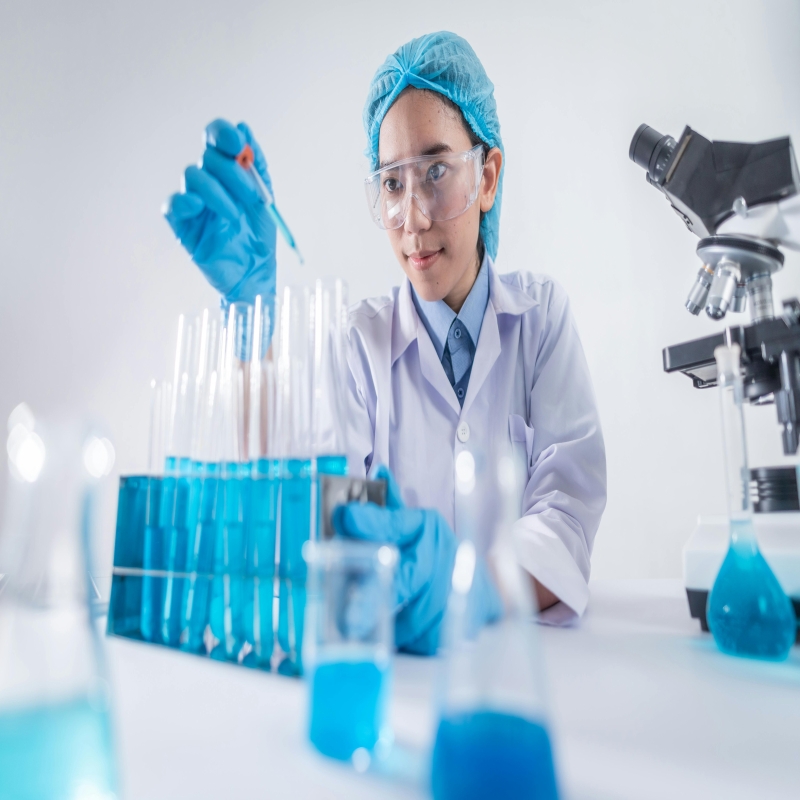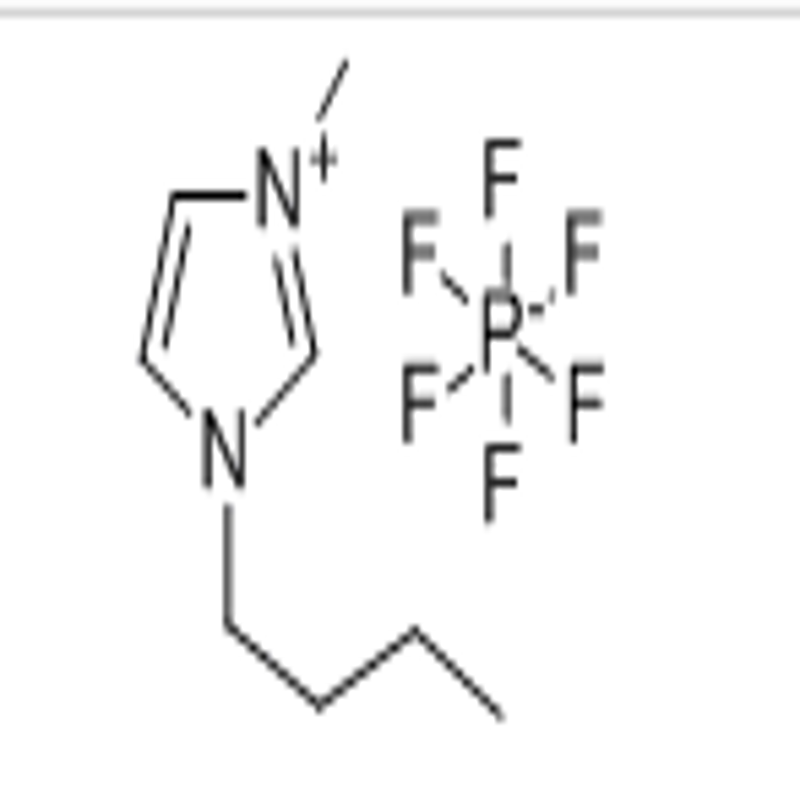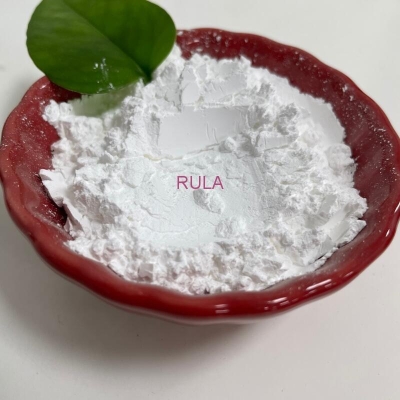Nature: the first discovery of the regulatory mechanism of histone lysine lactation (KLA)
-
Last Update: 2019-10-25
-
Source: Internet
-
Author: User
Search more information of high quality chemicals, good prices and reliable suppliers, visit
www.echemi.com
Today, nature published an epigenetic protein modification article by Professor Zhao Yingming's group at the University of Chicago, which first revealed the regulatory mechanism of histone lysine lactation (KLA), and proved its role in gene expression and microenvironment to change macrophages Firstly, the existence of this modification in histone was confirmed by a series of chemical and biochemical methods 13C labeling experiments showed that lactate acyl group came from lactate, while lactate came from glucose degradation A series of experiments have proved that the concentration of endogenous lactate can regulate the level of histone modification In this paper, macrophages were used as a model to explore the effect of histone KLA on cell function It was found that the metabolism and lactate concentration of macrophages changed after activation, which led to the change of histone KLA level and gene expression In vitro biochemical experiments showed that the donor of KLA was lactate coenzyme, and P300 purified enzyme could catalyze the reaction of histone KLA Interestingly, in animal tumor model experiments, the authors found that the level of histone KLA was related to the lactate concentration and hypoxia of macrophages in tumor tissue, and thus regulated the transformation from the inflammatory M1 phenotype to the anti inflammatory M2 phenotype These results indicate that the epigenetic pathway plays an important role in regulating the function of immune cells Chemical modification of different histone sites is an important mechanism of epigenetic regulation Methylation, acetylation and phosphorylation are well-known histone modification mechanisms However, the lactate acylation of histone is unknown before, although lactate is a high concentration metabolite Since the metabolites of cells lead to the acetylation of histone lysine (KAC), the authors speculate that the high concentration of lactate in cells may also lead to the lactation of histone lysine, and it seems that several peptides degraded by histone do have KLA (molecular weight increased by 72) In order to confirm this discovery, the author synthesized a control of lactacylated histone polypeptide The results showed that the retention time of HPLC and MS / MS pattern were consistent with the degradation products The recognition of KLA antibody also proved that histone lysine can be lactated in cells We found 28 KLA sites in human and mouse cells By controlling the enzyme activity and isotopic labeling of lactate biosynthesis, we found that the level of histone KLA was positively correlated with lactate concentration, which seems to be a mechanism for cells to monitor and respond to the changes of lactate produced by glycolysis It has been known for a long time that hypoxia can change cell metabolism mode and induce glycolysis The authors found that hypoxia also increases the level of KLA, but has no effect on KAC Compared with anti-inflammatory M2 subtype, M1 of pro-inflammatory macrophages is more dependent on aerobic glycolysis The authors found that the concentration of glycolysis and lactate increased, and the level of histone KLA increased with LPS activation of M1 macrophages, and KLA mostly occurred in the lower area of KAC RNA sequencing showed that the expression of pro-inflammatory genes increased rapidly after M1 activation, but began to return to normal soon, while the expression of M2 genes, such as wound healing genes (1223 genes in total), which maintained the dynamic balance of tissue, increased steadily, and was highly correlated with the level of histone KLA The activation results of M0 macrophages with inactivated Gram-negative bacteria were similar The author calls this mechanism lactate timer, and macrophages have begun to use KLA pathway to prepare for cleaning up the debris when they are ordered to start the acute immune response By changing the supply of lactate, the author proves that the change of lactate concentration is prior to the change of KLA, but this can not prove that the change of KLA is the inducement of gene expression change Some data show that Hifa, who just won the Nobel Prize, may also mediate this change We found that it can induce similar gene transcription by enzymatic reaction of histone lactate in non cellular environment Epigenetic proteins are involved in the regulation of gene expression, so they directly affect cell function KLA is a new regulatory mechanism This work only studies the role of macrophages and other cells, which needs further study Because of its high concentration, lactate is an obvious marker of cell state, so it may also be an indicator of cell environment for many biological processes A well-known phenomenon is the Warburg effect in tumors, that is, tumor tissues use less efficient glycolysis as a source of energy even when oxygen is sufficient One theory is that energy supply is less critical than material supply in tumor expansion, and glycolysis can search for raw materials of biosynthesis more efficiently Therefore, the lactate content of tumor tissue is much higher than that of normal tissue It can be imagined that tumor cells may use this band specific signal to design downstream operation procedures As a result, the protein that generates, removes and reads the KLA marker may become a new anti-cancer target It seems that there are several drugs on the market with the KAC marker of KLA well water.
This article is an English version of an article which is originally in the Chinese language on echemi.com and is provided for information purposes only.
This website makes no representation or warranty of any kind, either expressed or implied, as to the accuracy, completeness ownership or reliability of
the article or any translations thereof. If you have any concerns or complaints relating to the article, please send an email, providing a detailed
description of the concern or complaint, to
service@echemi.com. A staff member will contact you within 5 working days. Once verified, infringing content
will be removed immediately.







